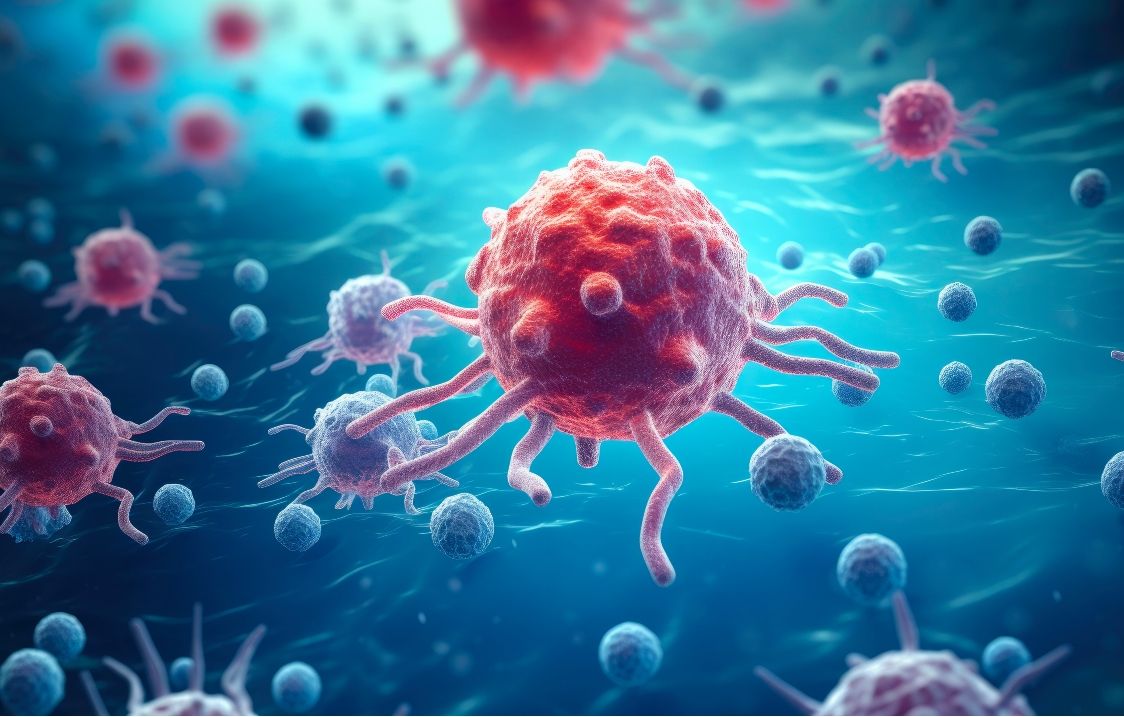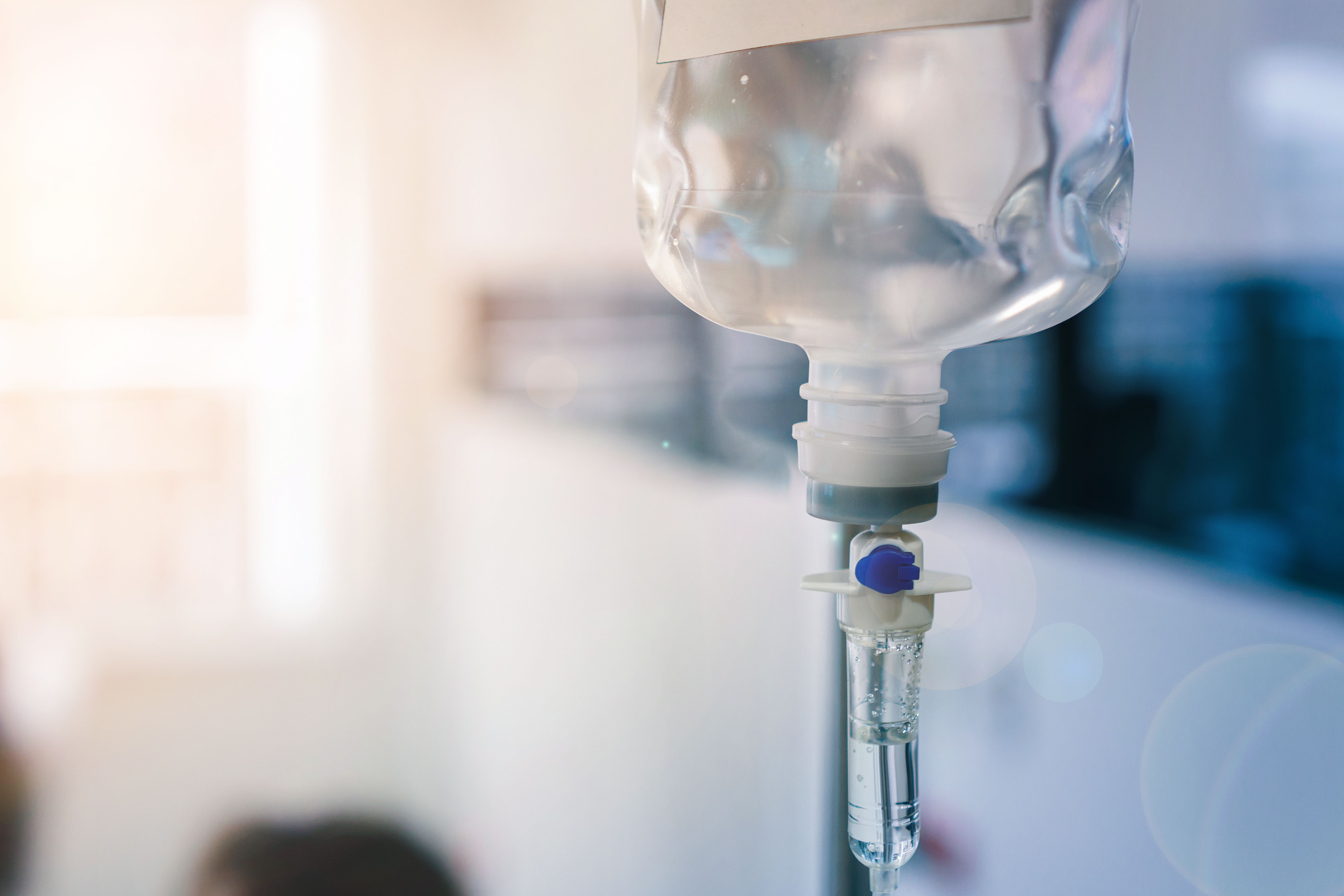Article
Understanding Mechanisms, Strategies for Secondary IDH1-Inhibitor Resistance in IHCC
Author(s):
The findings suggest that sequential mutant IDH inhibitor therapy might be one way to fight resistance in metastatic intrahepatic cholangiocarcinoma (IHCC).
A new report is shedding light on how some patients with cholangiocarcinoma develop resistance to the mutant IDH1 inhibitor ivosidenib (Tibsovo), and how drug developers might be able to help solve the problem.
Writing in the journal NPJ Precision Oncology, corresponding author James M. Cleary, MD, PhD, of the Dana-Farber Cancer Center, and colleagues, explained that metastatic intrahepatic cholangiocarcinoma (IHCC) is an incurable malignancy with treatment historically limited to chemotherapy.
In recent years, however, genomic profiling has led to the discovery that about 20% of people with IHCC have oncogenic mutations of isocitrate dehydrogenase 1 (IDH1) and about 5% of patients with IHCC have mutations of IDH2. These mutations lead to the production of the oncometabolite (R)-2-hydroxyglutarate ((R)-2HG), which the authors said is associated with epigenetic dysregulation, enhanced proliferation, impaired cellular differentiation, and perhaps the fostering of an immunosuppressive tumor environment.
Ivosidenib, which inhibits mutant IDH1, was originally found to lead to improved outcomes in patients with acute myeloid leukemia, but recent evidence of responses among some patients with IHCC led to the FDA's approval of the therapy for previously treated patients with IDH1-mutated cholangiocarcinoma. Now, however, Cleary and colleagues said it is important to better understand the mechanisms of resistance that develop in patients with IHCC following treatment with the targeted therapy.
“A better understanding of the mechanisms of ivosidenib resistance in IDH1-mutated IHCC will help inform the next generation of therapeutic strategies to target mutant IDH1 in cholangiocarcinoma,” they wrote.
The investigators described 2 cases of IHCC that they said can help clarify this resistance. In one case, a 52-year-old man was found to have cholangiocarcinoma with IDH1 R132C and PIK3CA E545K mutations. He was treated with chemotherapy and then enrolled in a phase 1 trial of ivosidenib. After 17 months on the therapy, his cancer progressed and an analysis showed that both mutations persisted and a new IDH2 R172K mutation had developed.
The second case was a 60-year-old woman with IDH1 R132C and NRAS G13V mutations. After chemotherapy and then radiation to a metastatic lesion on her acetabulum, the patient started ivosidenib. A year after starting the therapy, 2 small brain metastases were found and she later also developed progressive disease in her acetabulum. She was treated with more radiation, but after disease progression she stopped taking ivosidenib and began a new chemotherapy regimen. Next-generation sequencing showed the patient had persistent IDH1 R132C and NRAS G13V mutations, but also a novel IDH1 D279N mutation. Despite chemotherapy and subsequent treatments, her cancer continued to progress rapidly.
By generating and analyzing cells expressing the double mutation in a laboratory setting, the authors found that in vitro, “IDH1 R132H/D279N produces (R)-2HG less efficiently than IDH1 R132H. However, its binding to ivosidenib is impaired and it retains the ability to produce (R)-2HG and promote cellular transformation in the presence of ivosidenib.”
Yet, they also found that the mutant IDH1 inhibitor LY3410738 can block the production of (R)-2GH production and cellular transformation by IDH1 R132H/D279N in cell-based assays.
“These resistance mechanisms suggest that IDH1-mutated cholangiocarcinomas remain dependent on (R)-2HG even after prolonged ivosidenib treatment,” they concluded.
They said the use of sequential mutant IDH inhibitor therapy may be one way to fight back against acquired resistance.
Reference
Cleary JM, Rouaisnel B, Daina A, et al. Secondary IDH1 resistance mutations and oncogenic IDH2 mutations cause acquired resistance to ivosidenib in cholangiocarcinoma. NPJ Precis Oncol. Published online September 6, 2022. doi:10.1038/s41698-022-00304-5.




